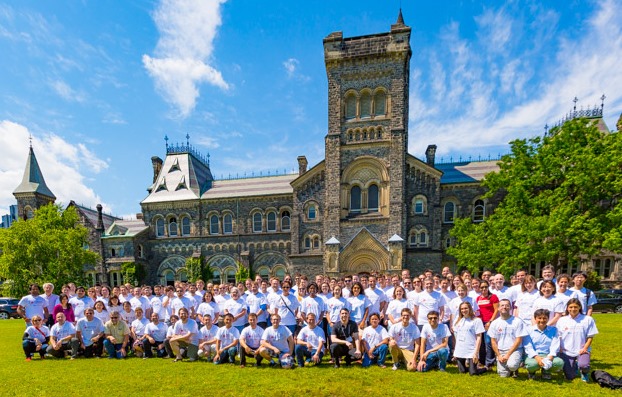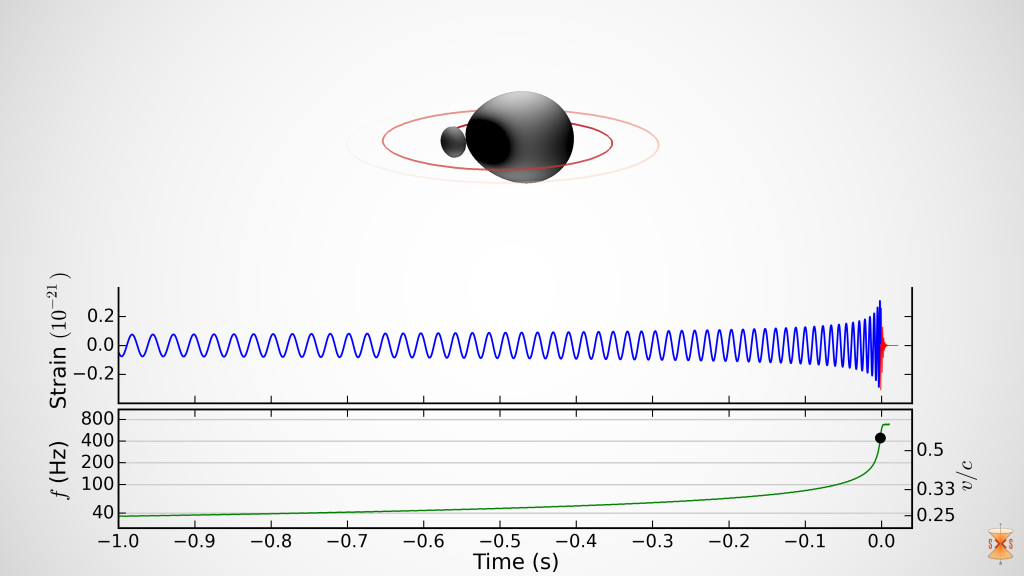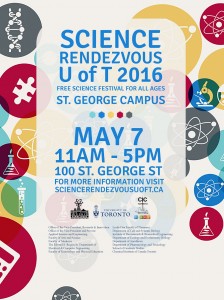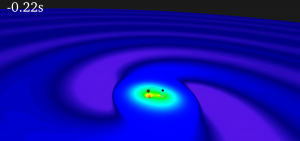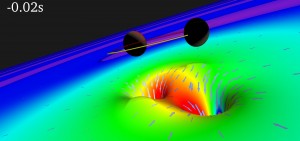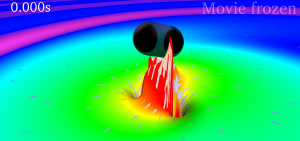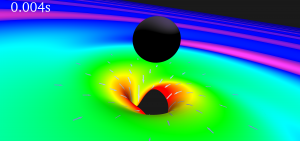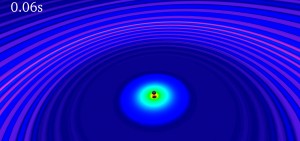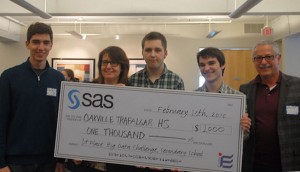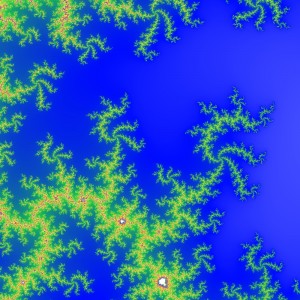
Eighty students from the US, Canada, Europe and Japan, plus about twenty speakers and over thirty mentors gathered at the University of Toronto from June 21 to June 26, 2015, to learn about High Performance Computing, and share experiences in this multi-disciplinary field (see https://ihpcss2015.computecanada.ca). Sponsored by PRACE, XSEDE, Riken, and Compute Canada , this was the sixth such advanced international summer school on High Performance Computing, which targets graduate students and postdocs who already have some experience in HPC parallel programming (for instance, MPI, OpenMP, or CUDA/OpenCL), preferably on software used in successful research projects.
Leading American, Canadian, European and Japanese computational scientists and HPC technologists offered instruction on a variety of topics, including HPC programming proficiencies, performance analysis, and visualization, as well as presentations of how HPC gets applied in fields such as geophysics, climate science, material science, cosmology, plasma phyiscs, and life sciences.
SciNet, a partner in the Compute Canada endeavour, was encited to be the local organization of this large international event.
It was an engaging week of instruction and networking that we hope has given the participants the skills and inspiration to use HPC resources to explore scientific projects at new and unprecedented scales.
